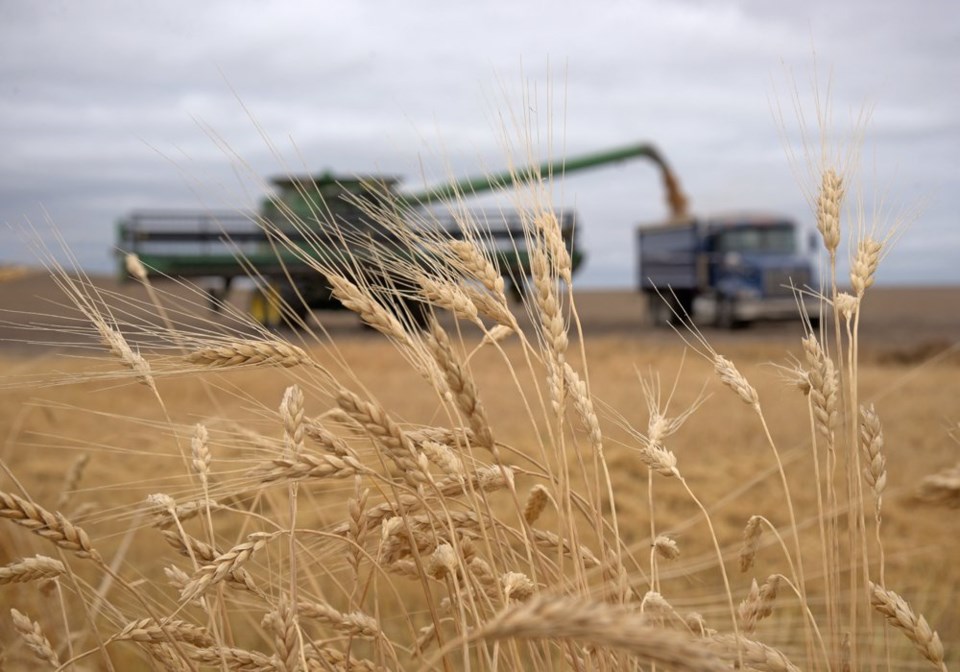WESTERN PRODUCER — A grain industry analyst thinks Agriculture Canada has underestimated Canada's durum supply.
Cliff Jamieson, Canadian grains analyst with DTN, wrote an article recently suggesting that the supply and demand numbers don't add up.
Agriculture Canada forecasts 2.35 million tonnes of exports for the 2021-22 crop. Jamieson noted that current licensed exports plus stocks in commercial storage already total 2.33 million tonnes through week 30 of the crop year.
The total is comprised of 1.46 million tonnes of exports and 867,900 tonnes of commercial stocks.
The numbers suggests there is already nearly enough durum out the door, on ships or in the grain handling system to meet Agriculture Canada's export target. It would only take another 24,000 tonnes to reach the predicted total.
He also noted that farmers have already delivered 64 percent of estimated supplies compared to the previous three-year average of 46 percent for this time of year.
"These points support the idea that supplies are higher than forecast, allowing for higher than forecast exports, while ending stocks will remain tight," he said.
That is probably a good thing because Jamieson anticipates robust demand from North Africa, where durum crops are off to a rough start.
He did acknowledge that exports may have been front-loaded this year "as buyers scramble to secure supplies. This in not normally the case for durum," he said.
Over the past five years, 48 percent of the durum exports have occurred between week 30 and week 52.
Brennan Turner, founder of the Combyne crop marketing hub, believes Jamieson might be onto something.
Average durum prices for spot movement in Western Canada have dropped to about $16 per bushel from $19 six weeks ago.
"The price for every other wheat crop has just skyrocketed," he said.
That means something is going on with durum. Either supplies are more comfortable than Agriculture Canada has indicated or demand has pulled back.
"It could be a component of both column A and column B," said Turner.
He thinks some buyers got what they needed early and are now playing a waiting game to see how crops turn out in the Middle East and North Africa.
Algeria, Morocco and Tunisia are price-sensitive markets and there is plenty of risk and volatility in all crop markets today, so they may hope to ride out the storm.
But wheat and durum crops are under stress in that part of the world, according to the GEOGLAM Crop Monitor.
"Crops in Morocco are unlikely to recover and there is concern in Algeria, central Tunisia, northern Syria and norther Iraq due to persistent dryness that is forecast to continue for much of the sub-region through May," stated the monitor in a March 3 report.




